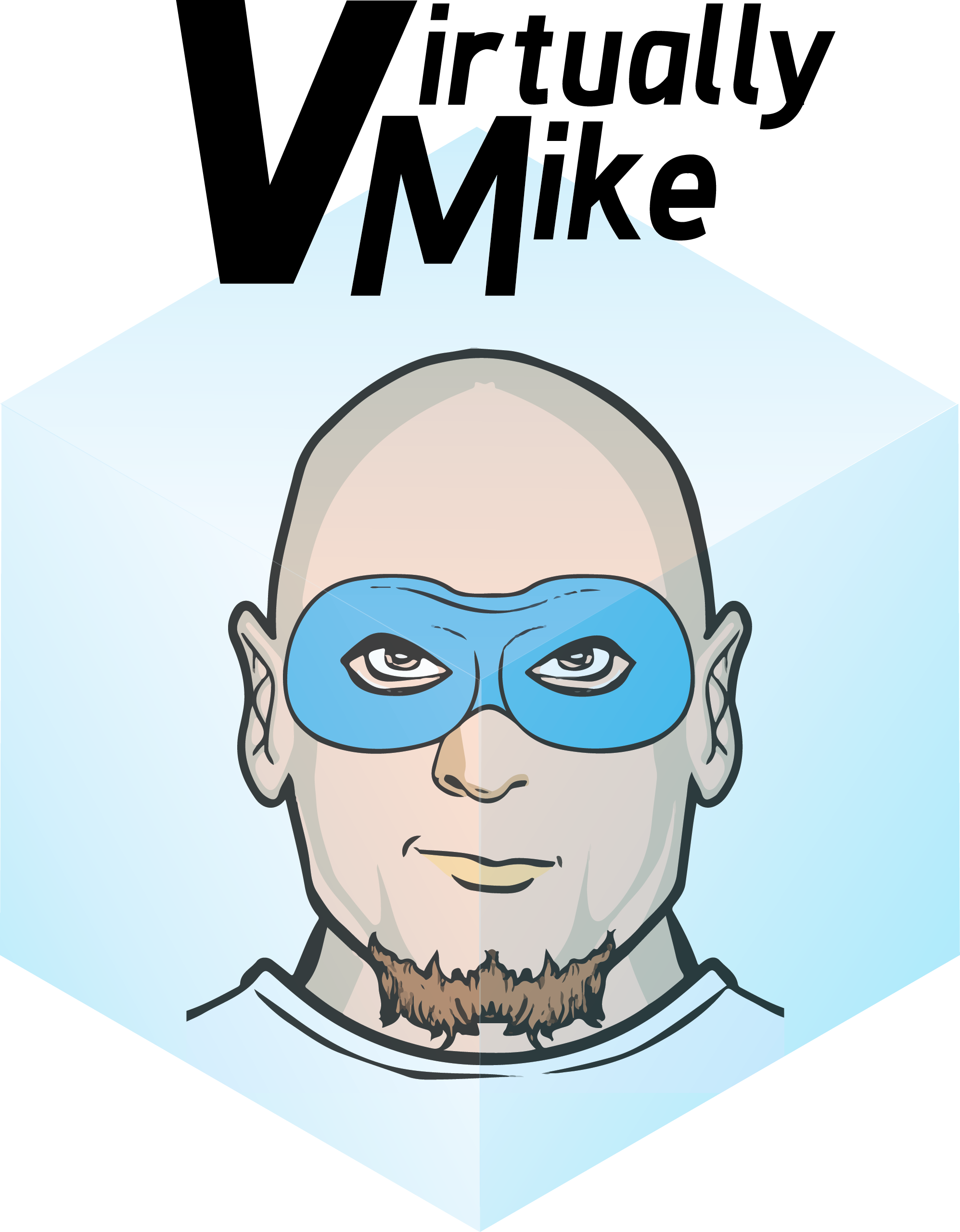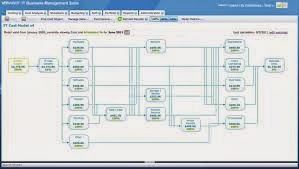ChargebackShowback is a common request from IT Admins and managers but what they can never answer is what are your real costs associated with running the individual VMs, Desktops, or Applications? What I normally hear is well we can estimate that, or we can ask. The problem with that approach is it’s like any other data crunch garbage in garbage out. The other issue is that a simple Showback or Chargeback aren’t the same thing as financial transparency they are just billing models.
All Posts in “Solutions”
Would you like to Swing on a Cloud?
It’s funny how conversations and new environments can stoke creative juices to make more posts. I recently was involved in talking about IT transformation and cloud. During the conversation the customer who was a solutions architect said that their mission was to make “cloud happen”. I laughed and expressed my sympathies it wasn’t my first time hearing this statement. It takes more than just words to transform a business from a corporate datacenter to a Software Defined Cloud Juggernaut. That’s surprising I know, there are some C level folks thinking but I just enter my AMEX number into Amazon and I get cloud.
While that’s true, the reality is to be transformative means you have to understand what it is you are getting into, and more importantly, WHY? Cloud is an awful term used to describe an architecture. I have written before about the types of “cloud” but how do you manage it once you get there. What is it that you will use cloud for? Is it going to be for application development? Rapid deployment and easily built and torn down architectures? How do you utilize the hardware that is already a sunk cost, and how do you plan for the future procurements?
That’s a lot of questions which lead me to ask, how do you plan for your organization to consume cloud? Do you want business units to be able to “self-provision” or do you plan to have your IT department manage requests for provisioning of IT resources? The idea of having a third party managing the requests is also an option though it presents its own unique challenges and questions, of outsourcing the labor as well as your corporate data.
Let’s say for a moment that architecture is settled either via a reference architecture or a public cloud services provider. There are still policy questions that need to be asked, such as: Who is authorized to provision more resources? What tier of service is this individual or group of individuals allowed to request? Is there business unit or line or business chargeback for consumption? What is and is not allowed to be placed in the cloud environment? The last question bring about the issue of security and what policies will be put in place to ensure data in the cloud is protected, safe, and removable. (If your proprietary data gets stuck in a cloud providers data center with no way to retrieve or secure it, is it really yours?)
Not all of these questions are easily answered and they require multiple pieces to make the puzzle whole.
Provisioning of storage can be done with multiple tools, ViPR which I have mentioned before is built to work with VMware Cloud Automation Center, OpenStack, and Oracle. Through these tie ins multi-tenant, multi-vendor solutions can be quickly deployed and automation tools like Razor and Puppet can help to ensure work flow success.
Products like Afore can ensure data encryption occurs across multi-tenant environments. The slick piece here is it’s multi-keyed, which means each tenant environment is encrypted with unique keys, and those keys can be maintained in corporate owned LDAP or RSA Data Protection Manager. So even if the data sits on a public cloud the key is maintain and managed within the corporate security framework. Making the data useless to any external persons with malicious intent.
Backup and recovery solutions such as Data Domain, and Recover Point can ensure data availability and recovery. When used in combination with VMware SRM point in time regeneration not dependent on replication time can quickly improve RTO.
As always there is so much more to go into with each of these products. As I dive deeper I will share more and try to pass my lessons learned along.
Solutions vs Products
Buy My Widget It’s On Sale This Month Only
 I focus on how my customers can make money off of the IT strategy we put into place vs. how I commoditize the solution I put in front of them. The idea isn’t for me to make vast sums of cash to swim around in like Scrooge McDuck in Duck Tales but rather that we both make money and come out ahead. If I put a bad solution in place the customer doesn’t do business with me anymore and I don’t make revenue off them and lose a referral. On their side they lose money on a bad solution and the subsequent costs to replace it. You compile bad with bad and you don’t get good. That’s why I don’t talk single solution. I want the decision making process to be open with the customer and let them choose the path that makes the best sense for them while I guide them by presenting the solutions that meet the problems they face.
I focus on how my customers can make money off of the IT strategy we put into place vs. how I commoditize the solution I put in front of them. The idea isn’t for me to make vast sums of cash to swim around in like Scrooge McDuck in Duck Tales but rather that we both make money and come out ahead. If I put a bad solution in place the customer doesn’t do business with me anymore and I don’t make revenue off them and lose a referral. On their side they lose money on a bad solution and the subsequent costs to replace it. You compile bad with bad and you don’t get good. That’s why I don’t talk single solution. I want the decision making process to be open with the customer and let them choose the path that makes the best sense for them while I guide them by presenting the solutions that meet the problems they face.
